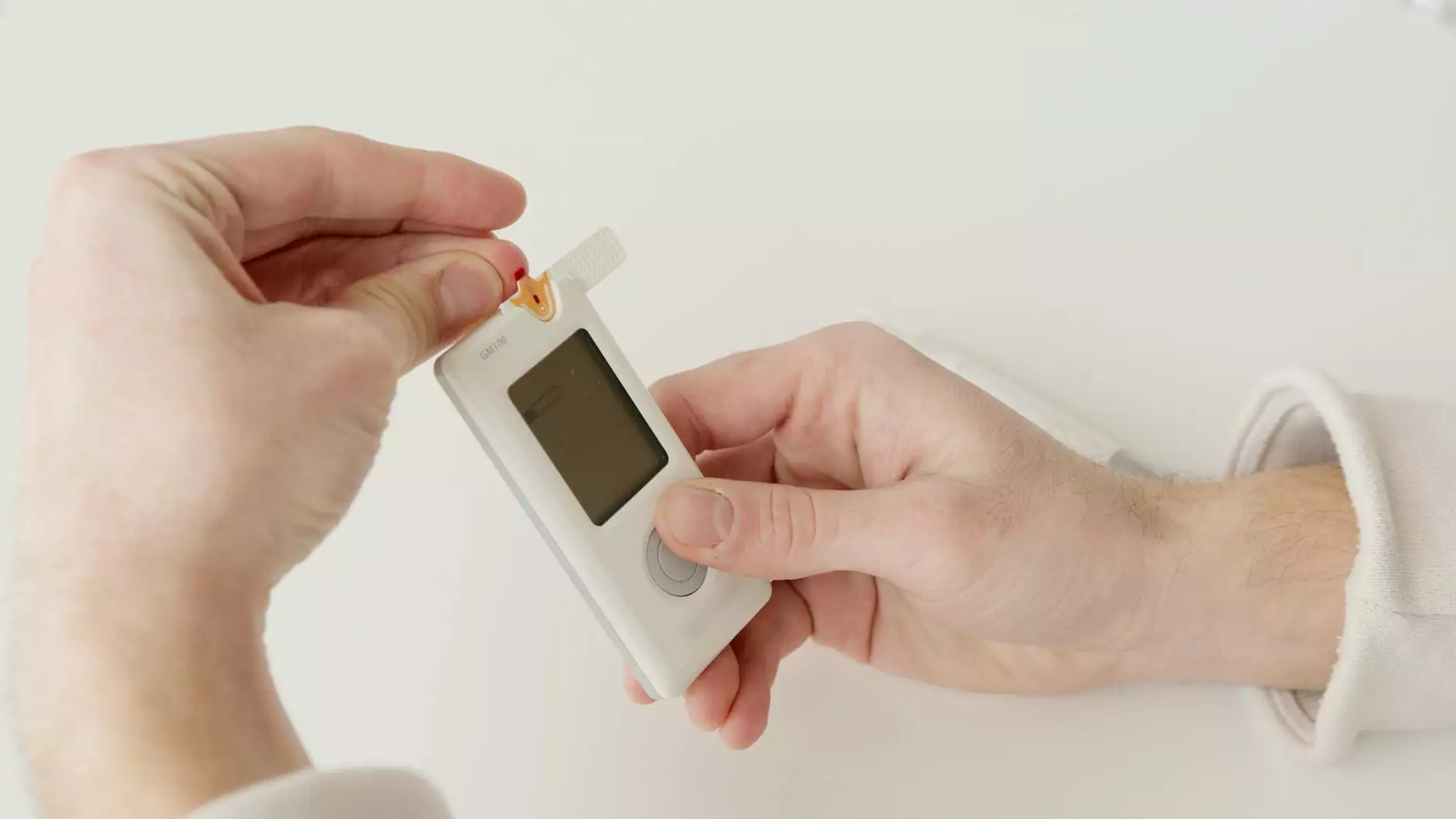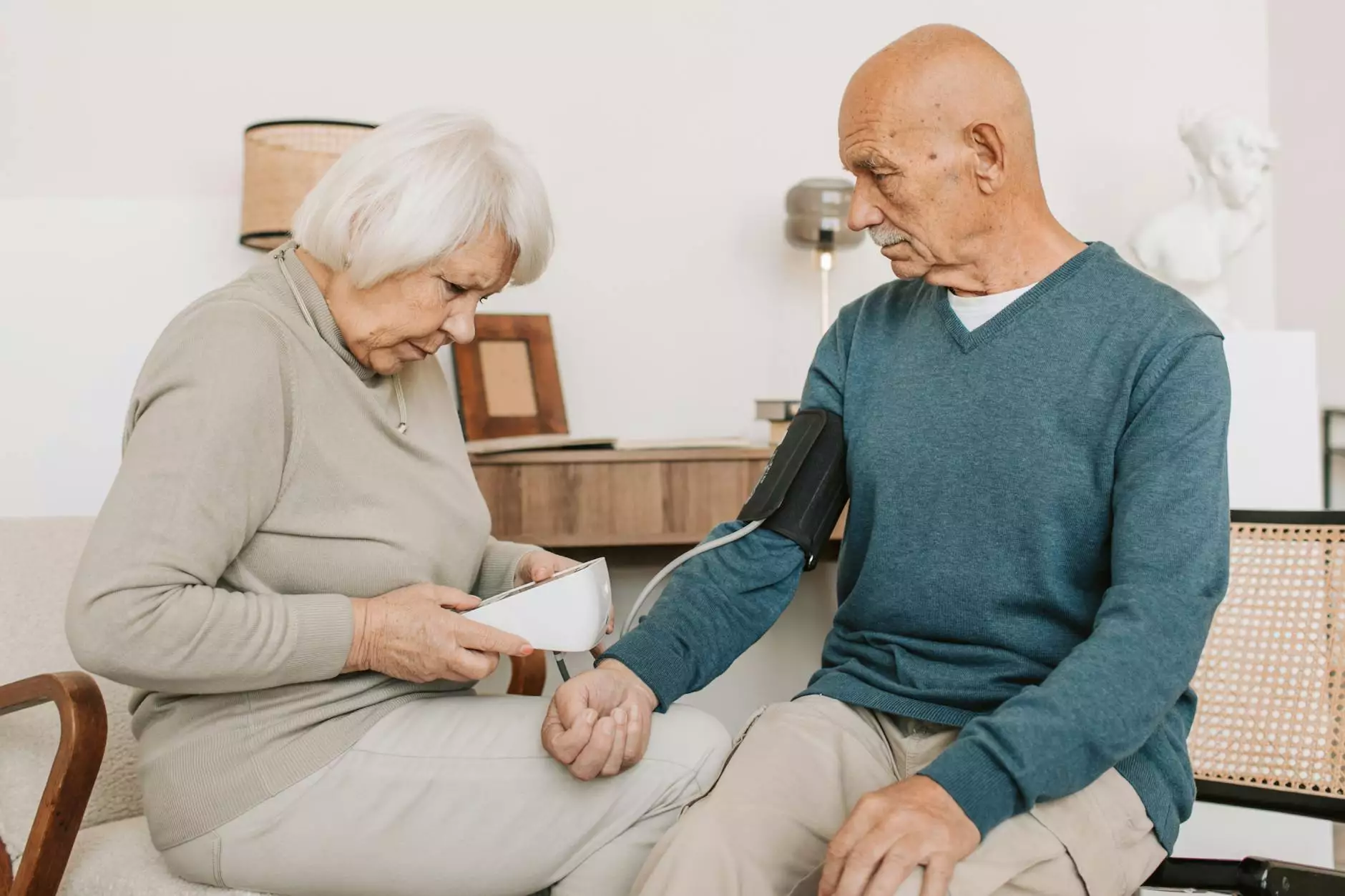What Role Does RPM Play In Telemedicine Care?
Medical Practices
In the rapidly evolving world of healthcare, the integration of technology has revolutionized the way medical services are provided. Telemedicine, the practice of delivering medical care remotely, has become increasingly popular and has opened up new avenues for patients to access healthcare services without visiting a traditional healthcare facility. At Butterfield Oxygen & Medical Equipment, we understand the importance of staying at the forefront of these advancements to provide the best possible care to our patients.
Understanding Remote Patient Monitoring (RPM)
One key component of telemedicine is Remote Patient Monitoring (RPM). RPM utilizes advanced technology to collect and transmit patient health data from the comfort of their own homes. This data can include vital signs, glucose levels, medication adherence, and more. By gathering this valuable information, healthcare providers can monitor patients' conditions remotely, enabling timely interventions and personalized care plans.
The Benefits of RPM
RPM offers numerous benefits for both patients and healthcare providers. It allows for improved patient engagement, as individuals have the ability to actively participate in their own care. Patients can easily monitor their vital signs, track progress, and share real-time health data with their healthcare providers, fostering a sense of empowerment and collaboration.
For healthcare providers, RPM enables proactive and preventative care by continuously monitoring patients' conditions. It facilitates early detection of any potential issues, allowing for prompt interventions and preventing unnecessary hospitalizations or complications. Additionally, RPM reduces the burden on healthcare facilities and resources, as patients can receive care from the comfort of their homes, reducing the need for frequent in-person visits.
Utilizing RPM at Butterfield Oxygen & Medical Equipment
At Butterfield Oxygen & Medical Equipment, we recognize the immense value of Remote Patient Monitoring in delivering high-quality telemedicine care to our patients. Our team of experienced healthcare professionals leverages state-of-the-art RPM technology to enhance patient outcomes and improve our healthcare services.
Personalized Care Plans
By utilizing RPM, we can create personalized care plans tailored specifically to our patients' needs. Through continuous remote monitoring, we can gain a comprehensive understanding of their health status, enabling us to make informed decisions and adjustments to their care plans, all from a distance. This level of personalization ensures that our patients receive individualized attention and care, promoting better health outcomes.
Early Detection and Intervention
RPM allows us to detect any changes in our patients' health conditions early on. By closely monitoring their vital signs and other relevant data, we can identify potential issues before they escalate. Our healthcare professionals can then intervene promptly, providing timely guidance and support, and reducing the risk of complications or hospitalizations. Through early detection and intervention, we strive to enhance the overall wellbeing of our patients.
Improved Patient-Provider Communication
Effective communication between patients and healthcare providers is vital for successful healthcare outcomes. RPM facilitates seamless communication channels, allowing patients to share real-time health information with their providers. This direct line of communication enables us to address any concerns or questions promptly, resulting in a collaborative and trusting relationship.
Conclusion
Remote Patient Monitoring plays a crucial role in telemedicine care. At Butterfield Oxygen & Medical Equipment, we embrace the power of RPM to enhance patient care, improve healthcare services, and empower our patients to take an active role in managing their health. With our commitment to utilizing the latest technology, we continue to provide exceptional telemedicine services that prioritize patient-centric care and promote better health outcomes.




